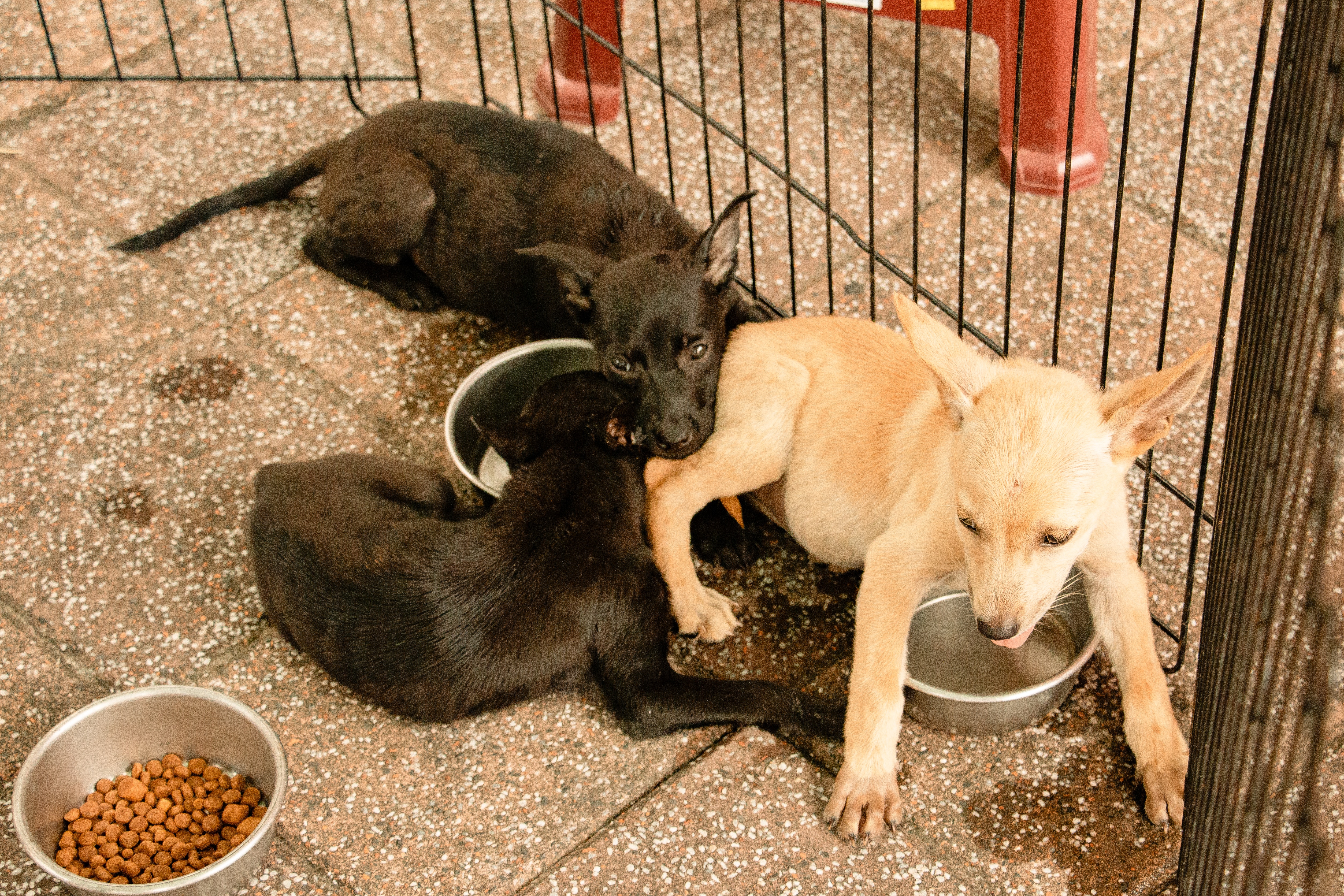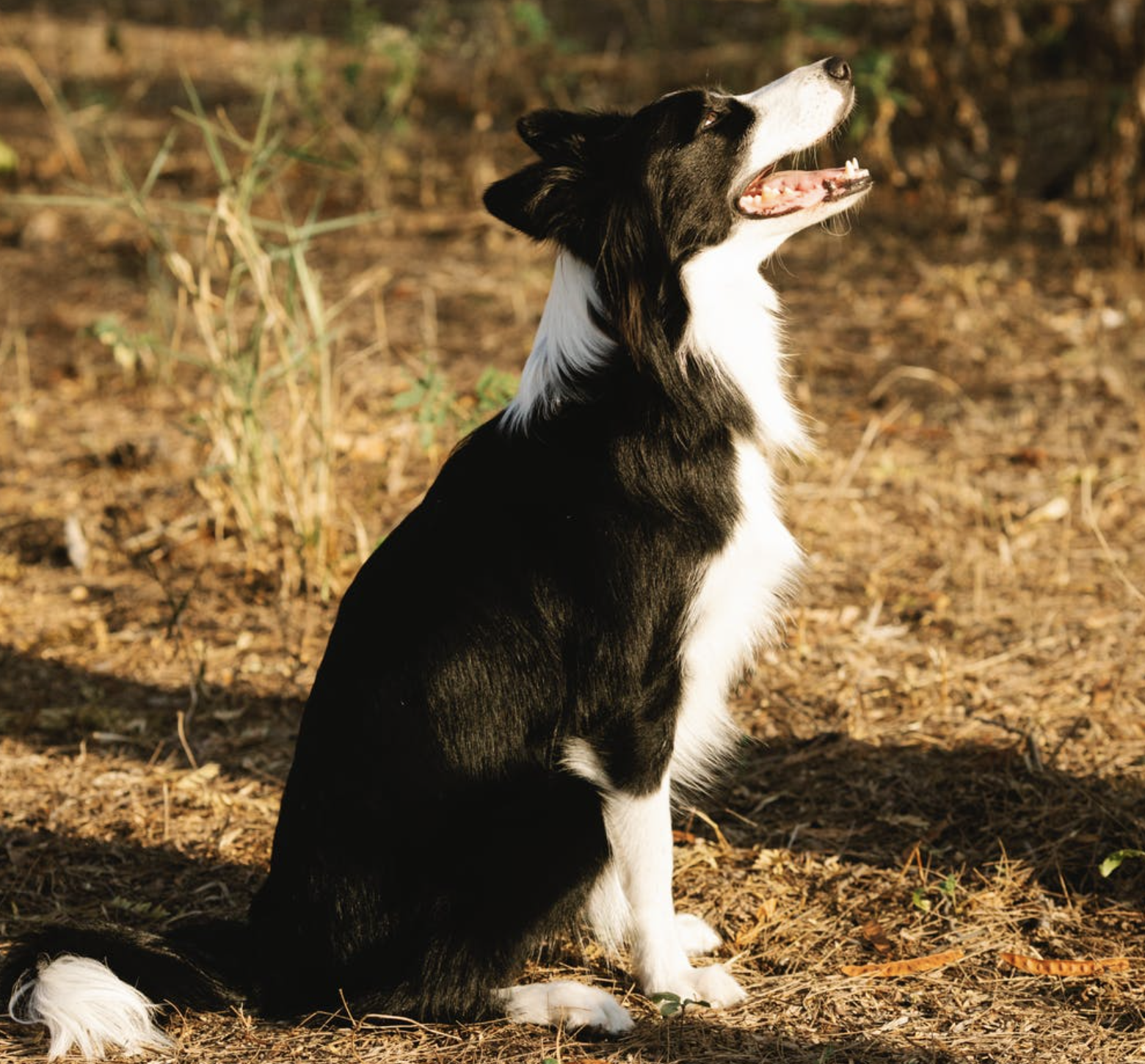
If you are reading this it is likely that you may have encountered a dog fight recently and most of us don’t really know how to act in that type of charged situation. Truth is that dog fights are common and normal despite what you may expect. However, the safety and health of all involved should be a priority for everyone and you might want to keep reading.
Know the Aggression Triggers
The best way for you to keep your furry friend safe and in good spirits is to know the triggers that may lead to aggression. Dog fights are usually preceded by growls, tense posture and a baring of teeth, flattened ears, stiffened hair down the spine, and staring. Common triggers are toys and food that may be the object of interest for other dogs. Your canine can be very possessive of their toys and food bowls. If a friend of yours brings their dog to visit your home, it would be better to remove your dog’s food and water bowls. It is recommended to make sure both dogs have been introduced earlier and are on good terms. Don’t let the dogs out of your sight for too long and always pay attention to the body language of the dogs.
Another trigger that may lead your dog to lash out is if it is hurt, pain can trigger a defensive mechanism in the dog and even the owner may be attacked. Educate kids not to harass dogs with toys out of reach or harsh playing as that may lead to nasty surprises with dogs that have not been trained to be patient and obedient.
Breaking Up a Fight – DOs and DONTs
First, try to prevent the fight by distancing the animals, if this is no longer an option — stay calm. Try to distract the dogs by throwing some water on them and then distancing them. The best way to break up the fight is to put a solid barrier between the dogs so they can cool off and you can then put a good distance between them. If you do not have something to use as a barrier, you should grab the hind legs of your dog above the knees, lift them slowly, and walk away. It is strongly advised that the other dog owner does the same in unison. This is believed to be the next best way to de-escalate the situation. You should definitely not do the following:
Don’t grab the dog by the collar;
Don’t grab the dog’s tail and try to pull it away;
Don’t put your hands, face, and bare skin in the way of a dog’s mouth when the dog is exhibiting clear signs of aggression;
Don’t shout at your dog or the other participant in the fight as you will be adding fuel to a fire;
It is important to avoid standing between the dogs reacting to each other. You might end up transferring that aggression to yourself which is a terrible idea. Staying calm and composed will have a great impact on your dog’s emotional state and you will see that your dog will be back to its calm self in no time.
Know Your Limitations
Never try to intervene in a dog fight if you feel that you will be severely hurt. Dog fights usually last for a few seconds up to a minute. Don’t engage the dogs that are clearly beyond control as you may end up with lacerations and broken bones. If your dog is injured, but not too badly, allow them to cool down. Pet your dog, say a few calming words, and express your affection for them. You should always be aware of the nearest veterinarian in your area and have a blanket in your car. You can wrap the blanket around your dog and carry it in case of an injury so the dog is less likely to turn around to bite you when it is in pain. Take your dog to a veterinarian for a full checkup even if you visually can’t find any serious injury. Your dog’s high pain tolerance may prevent you from noticing abrasions even when you carry it to your car. Try to give your dog a massage later so it can recover faster from the traumatic event.












